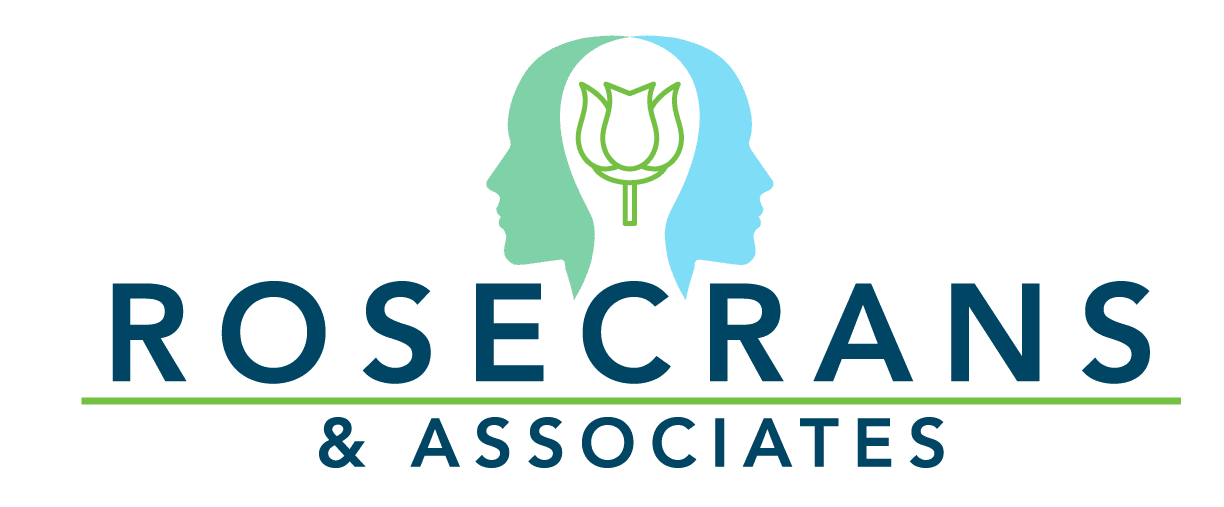Binge Eating Disorder and Emotional Eating
What is Binge Eating Disorder?
Binge eating disorder (BED) is the most common eating disorder, but is the least talked about of the eating disorders. It has been gaining more attention over the past several years since the addition of the diagnosis to the DSM-V.
A binge is classified as an episode occurring within the last 3 months where the individual ate a larger amount of food, within a 2 hour time period, that is definitely larger than what most people would eat in a similar time period under similar circumstances or a loss of control over one’s eating. For example, overeating at a family barbecue does not count as a binge episode since everyone is definitely eating larger amounts of food than they typically would consume.
The other criteria that occur with a binge episode include eating until uncomfortably full, eating more rapidly than usual, eating large amounts of food when one is not physically hungry, feeling embarrassed about how much one is eating, feeling disgusted, depressed, or guilty after consuming the food, and feeling distressed that a binge episode occurred. These episodes can happen multiple times per week. Many find it surprising how little the amount of food consumed is needed to be classified as a binge episode but this is because higher calorie foods, like chips and candy, are easy to over-consume. A binge episode can look like eating an entire box of cookies or entire bag of chips in one sitting, or one can consume small amounts of food each time they grab an item but over the 2 hour time period it would be a larger amount of food than what one typically eats. For example, this can look like grabbing a handful of peanuts, then grabbing some cookies, then grabbing popcorn, and so forth.m There are multiple reasons a binge episode can occur and part of treatment is understanding these mechanisms.
What is emotional eating and how is it different from a binge?
Emotional eating does not share the criteria of a binge episode, however, emotional eating can lead to a binge episode. Emotional eating is used to aid in coping for a wide range of emotions. High-calorie foods can trigger the release of dopamine, a feel-good neurotransmitter in the brain, which is positively reinforcing. If we are feeling sad, anxious, frustrated, stressed, etc. then eating food that makes us feel good is one way to cope, but this is not a healthy method of coping. Treatment for emotional eating includes learning to identify the emotions and increase positive methods of coping that do not include food.
How do we treat BED?
Psycho-education about BED and the psychological and physiological mechanisms, creating strategies around food and the binge, problem-solving, addressing behavioral patterns, investigation into underlying causes for the binge episode, learning relaxation techniques, and utilization of coping skills to aid in reducing the frequency and intensity of the binge episode.
Megan Rosecrans Psy.D. LCP
Licensed Clinical Health Psychologist
Resources:
https://www.nationaleatingdisorders.org/learn/by-eating-disorder/bed
https://www.womenshealth.gov/mental-health/mental-health-conditions/eating-disorders/binge-
eating-disorder
References:
American Psychiatric Association. (2013). Feeding and eating disorders. In Diagnostic and statistical manual of mental disorders (5th ed.). Washington, DC. Author. Harmon. K. (2010).
Addicted to fat: Overeating may alter the brain as much as hard drugs. Scientific American. https://www.scientificamerican.com/article/addicted-to-fat-eating/
